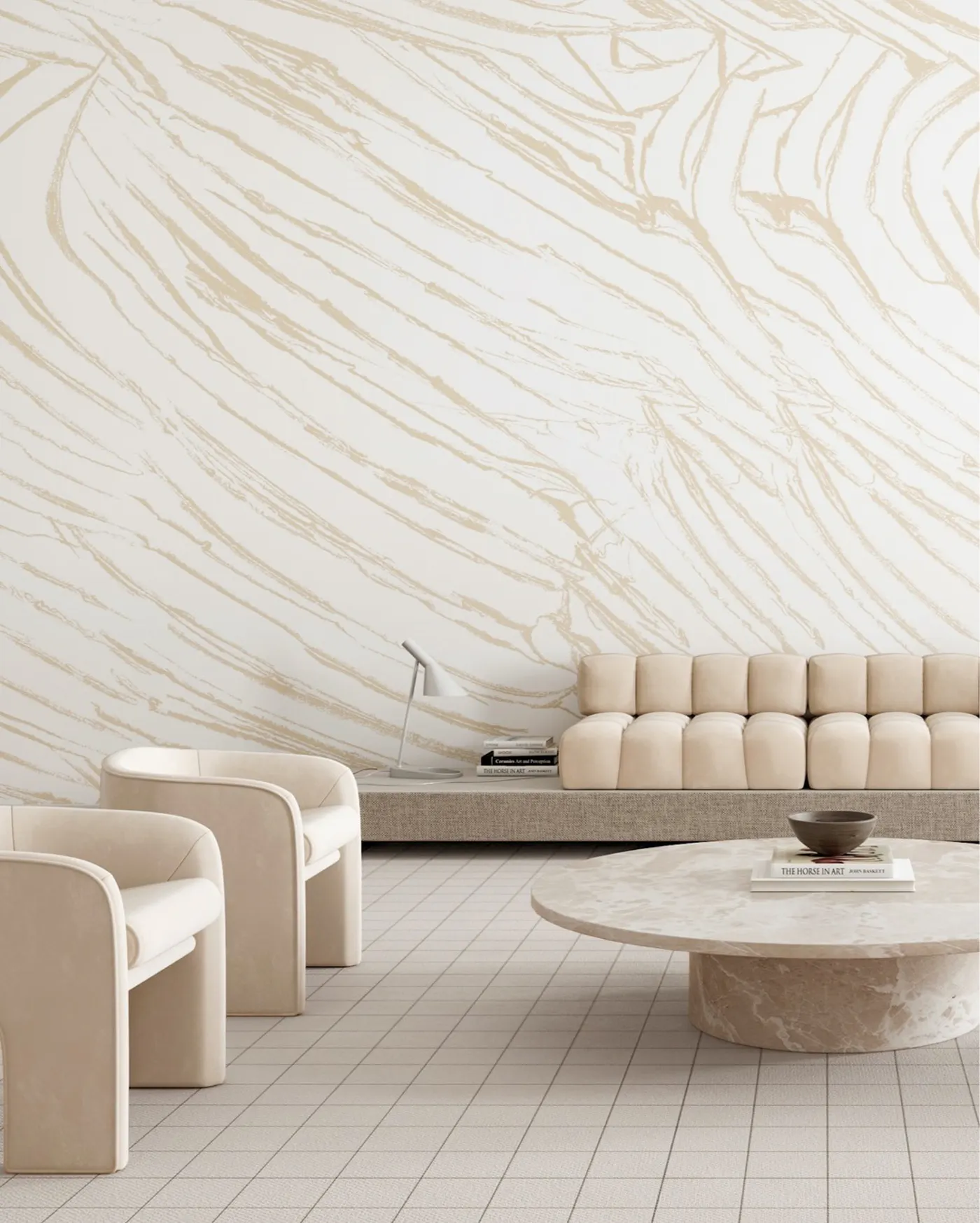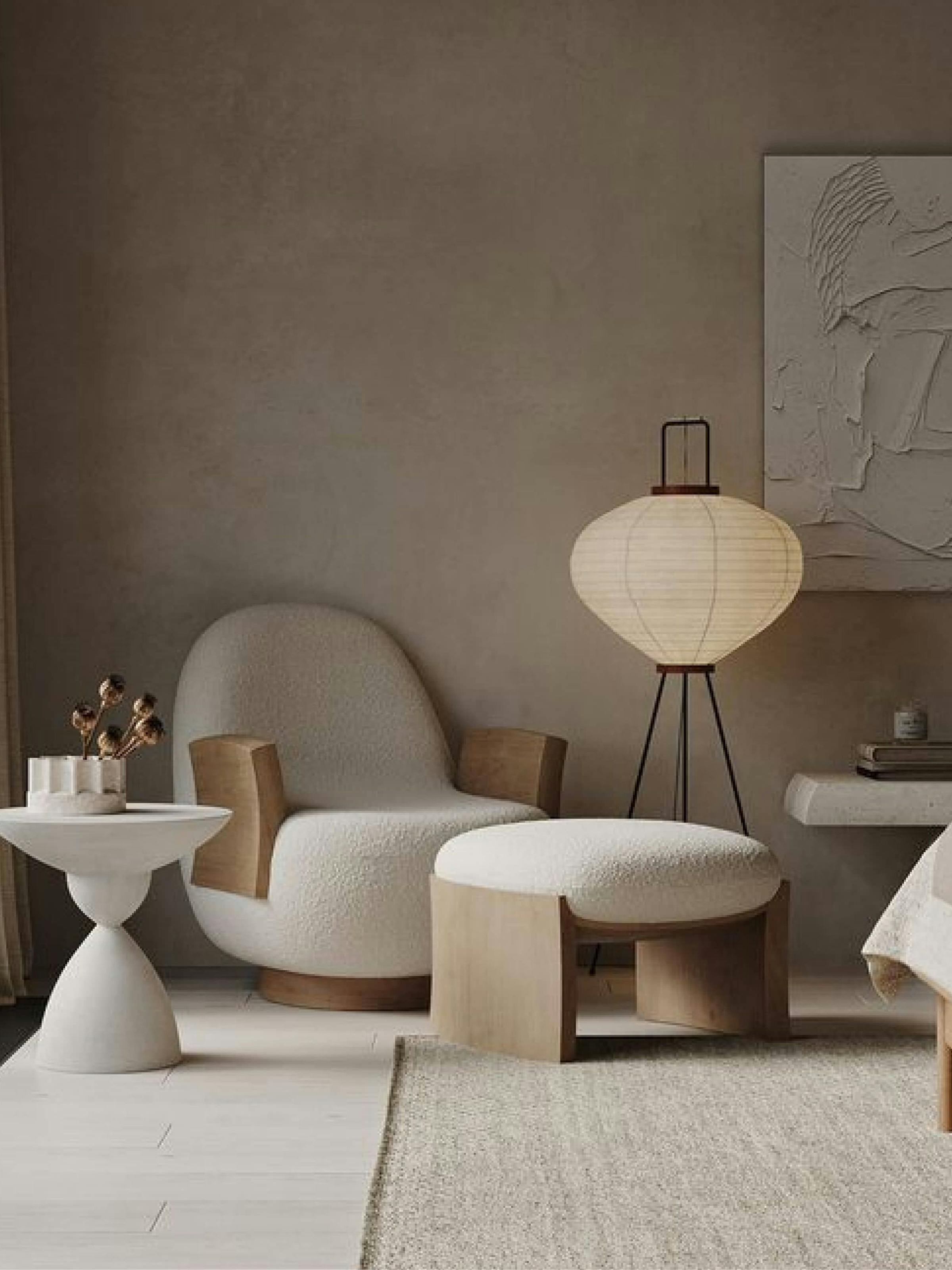Optimize Your Productivity and Joy by Incorporating Minimalism
Optimize Your Productivity and Joy by Incorporating Minimalism
Blog Article
Recognizing Minimalism: Approaches for Lowering Mess and Enhancing Quality in Everyday Living
Minimalism is progressively acknowledged as a feasible technique to improving quality and emphasis in today's chaotic world. By methodically assessing our properties and prioritizing intentionality, we can produce areas that not just show our values yet likewise advertise mental well-being.
Defining Minimalism and Its Advantages
Specifying minimalism involves recognizing it as a lifestyle selection that emphasizes simpleness and intentionality in both physical belongings and daily routines. At its core, minimalism motivates individuals to prioritize what truly matters, enabling a more purposeful and focused existence. By stripping away the non-essential, minimalism invites individuals to involve deeply with their environments and experiences.
The advantages of embracing a minimalist approach are multifaceted. First of all, it cultivates mental quality, as minimizing mess in one's setting can bring about decreased distractions and anxiety. People usually report boosted concentration and improved efficiency when bordered by less belongings. Minimalism advertises monetary flexibility; by focusing on demands over desires, people can make even more informed getting choices, leading to potential cost savings and reduced financial debt. Furthermore, a minimalist way of life can yield emotional benefits, as it motivates people to cultivate gratefulness of what they have instead of yearning for much more.
Inevitably, minimalism is not simply regarding material reduction however involves an alternative change in viewpoint, fostering a life characterized by gratification, function, and equilibrium. Welcoming this lifestyle can lead to profound adjustments in exactly how people engage and regard with the world around them.
Assessing Your Current Mess
Clutter commonly materializes as an overwhelming build-up of things that no longer offer a purpose, developing a barrier to achieving a minimal way of living. Take note of certain classifications of things, such as clothing, publications, or cookware, as this will certainly aid you comprehend the extent of the mess.

Furthermore, consider the regularity of usage for every item. If something has actually not offered an objective in the previous year, it might be a candidate for elimination. This assessment will not only clarify your relationship with your belongings but will certainly also establish the foundation for efficient decluttering in the future. Inevitably, comprehending your existing clutter is an important action toward welcoming minimalism and improving quality in your everyday living.

Practical Decluttering Methods
Having analyzed your present mess, the following action is to implement sensible decluttering techniques that facilitate a more arranged living area. Minimalism. One effective approach is the "Four-Box" method, where you assign 4 boxes identified: keep, contribute, trash, and relocate. This method urges quick decision-making and ensures products are classified suitably
An additional strategy is the "One in, One out" regulation, which specifies that for every new item obtained, an existing thing needs to be removed. This concept aids keep balance and protects against accumulation gradually. Furthermore, take into consideration the "30-Day Minimalism Game," where you remove one product on the very first day, 2 on the second, and so forth, cumulatively cultivating a feeling of success.
For those that have problem with psychological accessories to ownerships, the "Nostalgic Worth" technique can be useful. Limitation yourself to a certain variety of treasured items, permitting you to value their value without overwhelming your space. Finally, establish a routine decluttering timetable, whether monthly or seasonally, to keep a clutter-free atmosphere. By utilizing these techniques, you can develop a much more calm and effective living room, ultimately improving browse around this web-site quality in your everyday life.
Developing Intentional Rooms
Developing willful spaces involves a thoughtful method to exactly how we design and organize our atmospheres, ensuring each area serves a details purpose and reflects our values. This practice is vital in growing a sense of quality and function in our day-to-days live. By seriously assessing the function of each room, we can get rid of disturbances and improve our general well-being.
To develop intentional areas, start by recognizing the primary tasks that will certainly take place in each area. A home office should be created to foster efficiency, integrating elements such as ample lights, comfortable furniture, and marginal interruptions. On the other hand, a relaxation location ought to promote tranquility, including soothing colors and their explanation comfortable seats.
Additionally, think about the emotional impact of your environments (Minimalism). Incorporating personal items that resonate with your values, such as artwork or plants, can enhance the link to your area. Routinely examine these environments to ensure they proceed to offer their desired purpose as your requirements advance
Ultimately, creating intentional spaces has to do with making aware choices that straighten with your way of life, promoting harmony and performance in your living and workplace.
Preserving a Minimalist Way Of Thinking
Welcoming a minimal frame of mind calls for ongoing representation and intentionality in our activities and thoughts. This strategy includes growing awareness of our top priorities and values, permitting us to filter disturbances and focus on what absolutely matters. To maintain this way of thinking, normal self-assessment is necessary. Reserve time to evaluate your dedications, possessions, and even digital content, ensuring they straighten with your core concepts.
This shift in viewpoint urges recognition for simplicity, boosting total well-being. Including mindfulness strategies, such as meditation or journaling, can additionally enhance a minimal attitude by promoting quality and minimizing mental clutter.
Furthermore, develop boundaries to safeguard your energy and time. Learn to claim no to non-essential commitments and disturbances that do not contribute to your individual growth. Border on your own with like-minded people who support your minimal trip, as shared worths can enhance inspiration and liability.
Verdict
To conclude, welcoming minimalism supplies considerable advantages, including decreased clutter and boosted clarity in day-to-day live (Minimalism). By systematically analyzing belongings and implementing functional decluttering strategies, people can produce deliberate spaces that More Help foster mindfulness and appreciation. Keeping a minimal way of thinking needs ongoing analysis and dedication to simplicity, inevitably bring about an extra focused and meeting way of living. The principles of minimalism work as important devices for cultivating an environment that sustains personal growth and well-being.

Furthermore, consider the "30-Day Minimalism Video Game," where you eliminate one product on the first day, two on the second, and so forth, cumulatively cultivating a feeling of accomplishment.
In conclusion, accepting minimalism offers substantial advantages, including minimized mess and enhanced clearness in day-to-day life.
Report this page